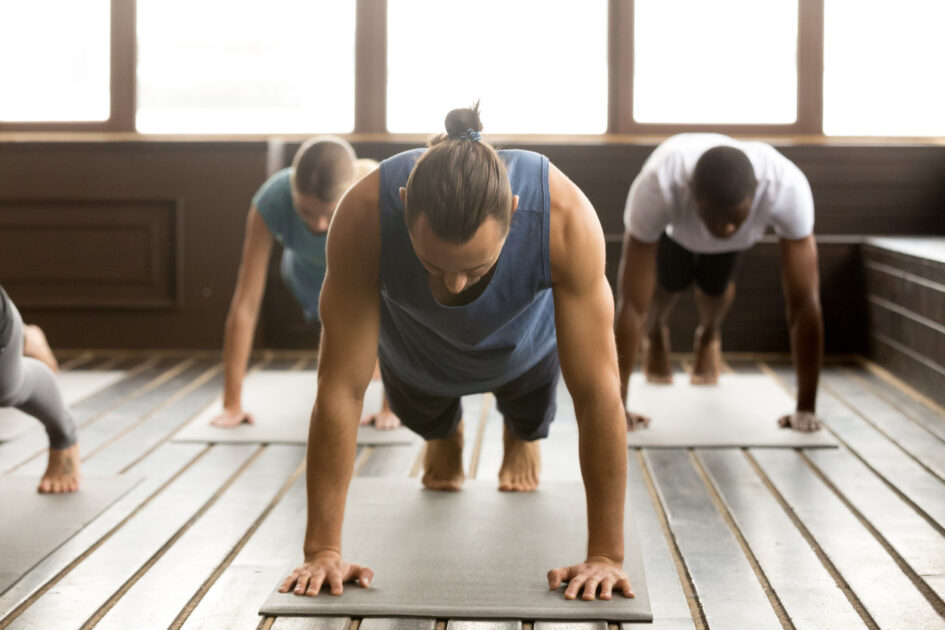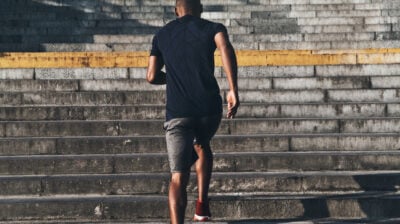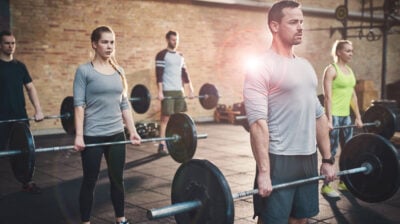What is Pilates?
Find out the benefits of taking up this popular form of exercise

Pilates is a form of exercise that concentrates on strengthening the core muscles in the body. Using a series of moves and postures, the exercises work the abdominal muscles to help you improve your posture and build strength, and it also helps to increase flexibility. Pilates helps to give you a full-body workout.
Pilates can be a great workout, and it is also great for relieving tension, reducing stress, and clearing the mind as you focus on your movements.
How Pilates works
Pilates is based off of ten key principles:
- Awareness
- Balance
- Breath
- Concentration
- Centre
- Control
- Efficiency
- Flow
- Precision
- Harmony
While some of these principles may vary from one studio to another, they will all be similar. These ten principles are incorporated into the class to create a full-body workout. In a Pilates class, you will learn how to breathe into the ribcage, how to align your posture correctly, and how to use your core muscles to control your movement.
While abdominals and core muscles are important in Pilates, it goes beyond that too. Pilates is a full body workout that builds a balance of strength and flexibility throughout the whole body.
Getting started with Pilates
If you are new to Pilates, it’s best to start with the basics and build your foundation before you move on to more advanced classes. Make sure you start with the right level class or talk to the instructor about where to start.
If you’re considering taking up Pilates, you could ask the studio about the different classes they have on offer. Many people benefit from starting out with one-to-one sessions with an instructor to get you used to Pilates, the equipment, and to create a workout that is tailored to you. After a few one-to-one sessions, your instructor would be able to recommend what class to join.
There are a number of different ways to practice Pilates using various types of equipment. Two of the most popular Pilates classes are mat classes and reformer classes – one is done on a mat on the floor, and the other is done on a piece of equipment called a reformer.
Mat Pilates
Mat classes are done on a mat similar to a yoga mat, but slightly thicker. For the most part, you will simply use your body to perform the exercises, but sometimes there might be other props introduced, such as foam rollers, rubber bands, massage balls, or blocks.
Exercises will vary depending on your class or instructor. If you are new Pilates, it’s very important that your instructor knows. They will be able to guide you, give you alternative postures, and support you during your first few classes.
Reformer Pilates
A reformer is a sliding platform that uses springs to slide the flat base up and down. You can use ropes or push with your feet against a bar to move yourself up and down the reformer.
The springs on the machine give you resistance, and you can change the tightness of the spring to make it harder or easier. Once you get into the flow of your exercise, you’ll feel like you’re gliding up and down the reformer. The exercises are not always performed lying on your back, there are also postures on your side, sitting up, and even standing.
Working with the reformer can be great for focusing on particular muscles and areas of the body, such as leg muscles or arm muscles.
How do I know which one is for me?
It’s difficult to know which version of Pilates suits you best without trying them both out. Talk to your instructor about what you’re looking to get out of Pilates and ask them which version might be best for you. You might find that the best option for you is to switch between mat and reformer – your instructor will be able to help you decide.
Benefits of Pilates
Taking a Pilates class is an excellent way to get a workout, and you will begin to see improvements in your muscle strength and posture after a few weeks.
Some of the benefits of Pilates include:
- Improved posture
- Increased flexibility
- Increased muscle strength
- Toned muscles
- Improved balance
- Strengthening abdominal muscles
- Stress relief
Pilates can also be a good form of physical therapy, but it’s important to discuss any new exercise regime with your physical therapist or doctor first. Always inform your Pilates instructor of any past or recent injuries.
What to bring to a Pilates class
Most studios will provide mats and all other equipment, but it’s worth asking if there is anything they recommend you bring before your first class.
Some things you will need for every class include:
- Form-fitting clothes like leggings, close fit pants, and tank tops
- A bottle of water
- Yoga/Pilates socks to prevent slipping (regular socks are fine if you can’t get these)
- A small bag to hold things like watches, jewelry, belts, and anything else you need to remove
Remember to let your instructor know if it’s your first time at a class, and always make them aware of any injuries you might have so that they can keep an eye on you and give you alternative positions to do.
Need more information, advice or guidance?
We offer information, advice and guidance about the issues that matter to you. Our online Youth Information Chat service is for 16 to 25 year olds and is available Monday to Friday, 4pm to 8pm (excluding Bank Holidays).






